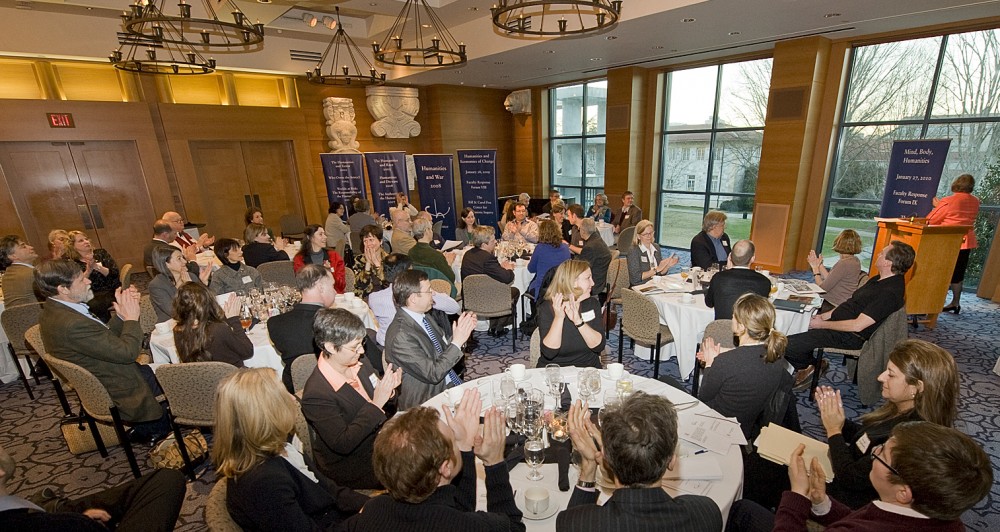– Sharon Strocchia Senior Fellow, FCHI 2013-14
Every day for the past few months, I’ve taken a trip to the glittering world of Renaissance Florence without ever leaving the Fox Center. The vehicle for this magical time-travel is the Medici Archive Project (MAP) www.medici.org. Founded in the early 1990s, MAP is a digital pioneer dedicated to developing innovative research strategies in the humanities. At the heart of the project is a vast, searchable database cataloging the most complete princely archive that survives from early modern Europe. Spanning two centuries—from 1537 to 1743—the archive of the Medici Grand Dukes consists of four million letters distributed in over 6,000 volumes occupying a mile of shelf space. Letters were the Renaissance equivalent of today’s newspapers and social media. Missives flowed into and out of the Medici court from around the globe, relaying political news, intimate gossip, astounding discoveries, and stories both tragic and triumphant. Using the latest information technology to bring this unparalleled resource to the general public, MAP and similar digital repositories are revolutionizing our understanding of the past.
I’ve been tapping this virtual archive for information about the medical culture of the early Medici court. Of particular interest for my FCHI book project is the role that aristocratic wives and mothers played in providing healthcare in sixteenth-century Italy. Home-based healing—an area in which women exercised both expertise and authority—was the first port of call even for members of court. Reading these digitized letters, I discover the preferred household remedies of Medici duchesses, eavesdrop on their conversations about private health matters, mourn the loss of their children and celebrate the return of good health. Without this digital tool, I could never encounter such a wide cast of characters or acquire such depth of understanding so quickly.
Yet as I mine these treasures, I can’t help wondering what I’m missing. Historical documents are physical artifacts in their own right, exhibiting a certain heft, a particular feel, a distinctive smell. What does the paper feel like? How much does a bound volume of letters weigh? Digital humanities scholars readily acknowledge that “digital surrogates” comprised of clusters of pixels cannot adequately convey the sensory or physical experience of material objects. The web is, at least for now, a primarily visual medium. To fully grasp the materiality of these letters still requires an on-site visit to the Florentine state archives. That trip will have to wait for the summer break. In the meantime, I’m ready to get back online.


